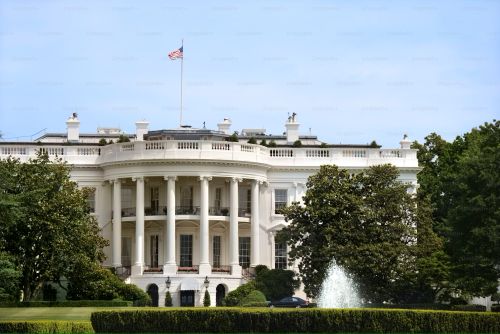A Republic, Not a Monarchy
The framers of the U.S. Constitution, having just cast off the yoke of monarchy, understood the necessity of executive power—but also its dangers. They designed Article II to vest authority in a single president, yet surrounded that office with constraints: a Congress to legislate, a judiciary to interpret, and a system of checks and balances to prevent tyranny. As James Madison warned in Federalist No. 47, “The accumulation of all powers…in the same hands…may justly be pronounced the very definition of tyranny.”
Today, that warning feels less like a historical footnote and more like a prophecy.
The Architecture of Balance
The Constitution’s tripartite structure was meant to ensure that no branch—especially the executive—could dominate. Congress holds the purse and the power to declare war. The judiciary serves as a bulwark against unconstitutional overreach. The president, while powerful, was never meant to be above the law.
This balance has been tested before—by Lincoln during the Civil War, FDR during the Great Depression, and Nixon during Watergate. But in each case, institutional resistance held. Until now.
Trump’s Expansionist Blueprint
Donald Trump’s presidency marked a dramatic escalation in the pursuit of unchecked executive power. He declared national emergencies to bypass Congress, issued sweeping executive orders to override legislative intent, and repeatedly attacked the judiciary when rulings didn’t go his way. He demanded loyalty from federal law enforcement, used the Department of Justice to shield allies, and sought to punish perceived enemies through regulatory and prosecutorial means.
These were not isolated incidents—they were part of a deliberate strategy to erode the independence of coequal branches and consolidate power in the presidency.
Trump v. United States (2024): The Immunity Doctrine
The Supreme Court’s 2024 ruling in Trump v. United States marked a seismic shift. In a 6–3 decision, the Court held that former presidents are entitled to absolute immunity from criminal prosecution for actions within their “core constitutional authority” and presumptive immunity for all official acts.
This ruling effectively shielded Trump from prosecution for efforts to overturn the 2020 election, including actions tied to the January 6th insurrection. The Court’s majority argued that the separation of powers demands such immunity to preserve executive independence. But critics argue it creates a presidency above the law—a notion the Founders explicitly rejected.
Undermining the Guardrails
The Court’s decision in Trump v. Wilcox further eroded institutional checks by allowing Trump to remove an independent agency head without cause, signaling the likely demise of Humphrey’s Executor (1935), a precedent that limited presidential control over regulatory bodies. This opens the door to politicizing agencies meant to operate free from executive interference.
Meanwhile, the administration’s use of executive orders to punish dissent—such as targeting law firms, universities, and media outlets—has drawn legal challenges citing First Amendment violations. The Court’s unanimous ruling in NRA v. Vullo (2024) may offer some resistance, but the broader trend is clear: the executive branch is testing the limits of its power, and the judiciary is increasingly enabling it.
The Democratic Cost
Unchecked executive power is not just a constitutional anomaly—it’s a democratic emergency. When a president can act with impunity, override Congress, and bend the judiciary to his will, the republic begins to resemble the monarchy it was designed to avoid.
The consequences are already visible: a chilling effect on dissent, politicization of federal agencies, and a growing sense among citizens that the rule of law no longer applies equally.
The Path Forward
This moment demands more than alarm—it demands action. Congress must reassert its authority through legislation that redefines and limits executive immunity. The judiciary must reclaim its independence. And the public must remain vigilant, recognizing that democracy is not self-sustaining—it requires constant defense.
As Benjamin Franklin famously warned, the Constitution gave us “a republic—if you can keep it.” The time to keep it is now.
